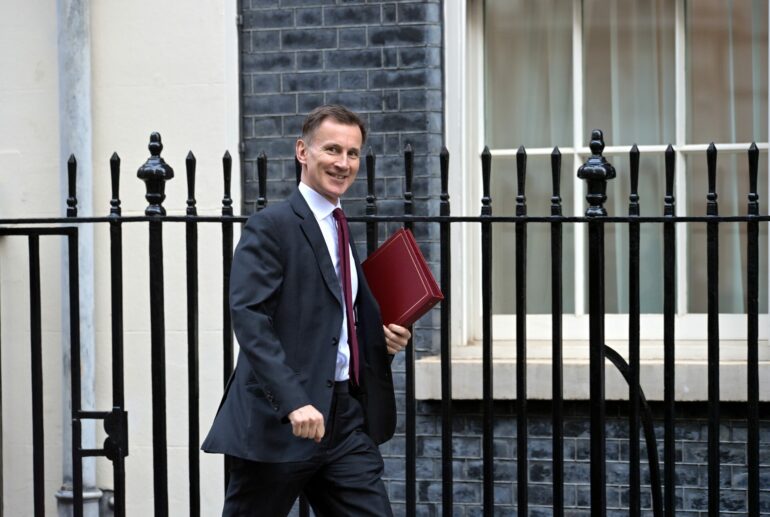Recent HM Revenue & Customs data indicates a slight decrease in Stamp Duty Land Tax (SDLT) receipts for Q4 2023, with a 21% drop compared to the same quarter in 2022. This decline aligns with a 20% fall in transaction numbers, suggesting a cooling property market.
Adrian Lowery, a financial analyst at Evelyn Partners, commented on the robustness of SDLT as a Government revenue source, noting its significant growth over the past decades. “SDLT receipts for the 2022/23 tax year are estimated at £15.40bn – a 9.2% rise from the previous year. The latest finalised HMRC figures show that receipts for 2021/22 increased by 63% to £14.10bn from £8.67bn in 2020/21,” Lowery stated.
However, the SDLT’s popularity among homebuyers is waning, with criticisms about its impact on the property market’s fluidity and the broader economy.
The Institute for Fiscal Studies (IFS) chief, Paul Johnson, has called for urgent reforms, suggesting that changes to SDLT could invigorate the housing market and contribute to economic recovery.
With the spring Budget scheduled for 6th March, there is anticipation that Chancellor Jeremy Hunt may introduce SDLT relief measures to stimulate the market.
Lowery speculated: “A flagging housing market and a sluggish electorate could well prompt the Chancellor to look at extending stamp duty reliefs at the spring Budget.”
Possible relief measures could include adjustments to SDLT thresholds, rate reductions, or another temporary SDLT holiday.
Given the potential constraints on public finances, targeted cuts to levies like SDLT or inheritance tax may be more feasible than broader tax reductions.
Lowery also highlighted the impact of high SDLT bills on housing market mobility, particularly discouraging downsizing among older homeowners and contributing to the shortage of family homes.
This issue, he suggested, could become a significant policy topic in the lead-up to the General Election.




